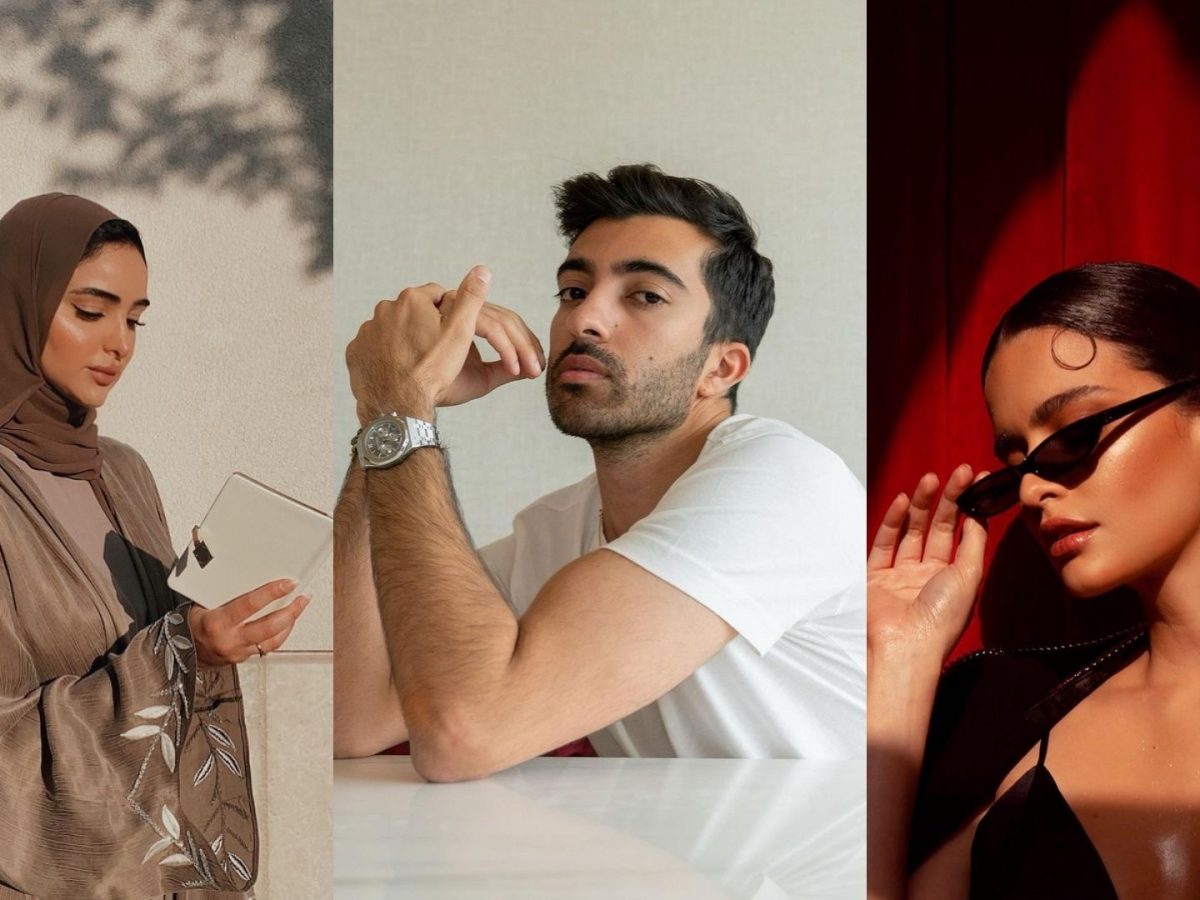There are ways brands can get their influencer tie-ups to work well

If done right, influencers can give brands a value-added ‘voice’
Consumers are highly invested in influencers, with 85 per cent of MENA users following at least one influencer and referring to them for brand discovery and recommendations.
With that in mind, consumers are more likely to have an affinity with brands that are authentic and to build a genuine rapport with them. This is a key drive for both influencers and brands to be fully transparent in their collaborations, as authenticity helps brands develop trust from these consumers, generate positive word-of-mouth, and build long-term relationships with loyal customers.
Buying followers or engagement
Challenge: Some influencers who are looking for a quick boost in their social media platforms opt to buy either followers or engagement to quickly increase their chances for brand collaborations, making it harder for brands to select the right influencer for their business.
Navigating the challenge: Reputable social media agencies have developed tools to assess influencers’ authenticity by analysing their follower count and engagement to determine if the influencer has bought any followers. This is a key metric that brands need to take a closer look into to assess the safety and authenticity of the influencers they choose to collaborate with.
Multi-collaborations
Challenge: Some influencers opt to accept collaborations from different brands that are considered competitors in the market and advocate for both of them, sometimes within a span of a week. This practice creates confusion for their followers and instils distrust in their content and brand advocacy.
Navigating the challenge: Influencers started being more selective with the brands they collaborate with. They tend to choose brands that they truly believe in, and would even work on long-term partnerships with brands to build a high level of trust from their followers. These practices might include positioning themselves as brand ambassadors, using affiliate marketing or agreeing on exclusivity clauses with brands they collaborate with.
Not disclosing partnerships
Challenge: Not disclosing a partnership between brands and influencers may lead to skeptical consumers and affect the trust in both the brand and the influencer, especially considering that 73 per cent of consumers can tell if the content on an influencer’s social page is paid for or authentic.
Navigating the challenge: Influencers are aiming to maintain a high level of trust by disclosing paid collaborations and mentioning it in their captions or hashtags using #ads or using the ‘paid collaboration’ toggle on social platforms to encourage full transparency.
Maintaining authenticity with influencers
Look beyond the following
When choosing the right influencer for collaborations, brands shouldn’t be swayed by the influencer’s high number of followers. Instead, they focus on choosing influencers who are authentic in their content and not commercial.
Allow for honest reviews
To ensure authenticity in the content, brands should allow influencers to review the products with honesty and give them the freedom to be transparent in their content, such as mentioning who the product isn’t suitable for.
Focus on product benefits
Brands should choose influencers based on the product’s benefits that suit the influencer’s requirements and personality, as this would impact the brand’s and the influencer’s authenticity.
Disclosure of paid collaborations
Brands should allow influencers to be fully transparent and clearly state that this is a paid collaboration through tools such as the IG paid collab, hashtags, or in their captions. This will help brands build a level of trust from the influencers’ followers.
